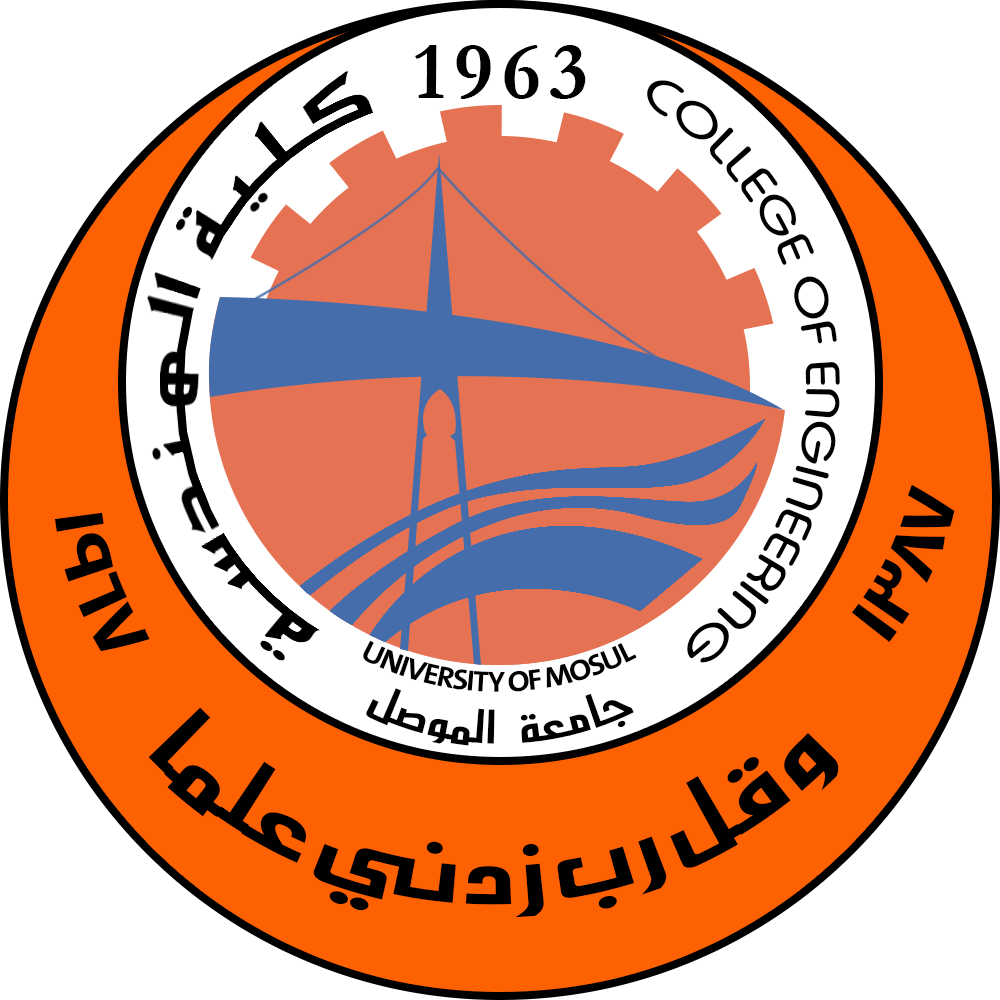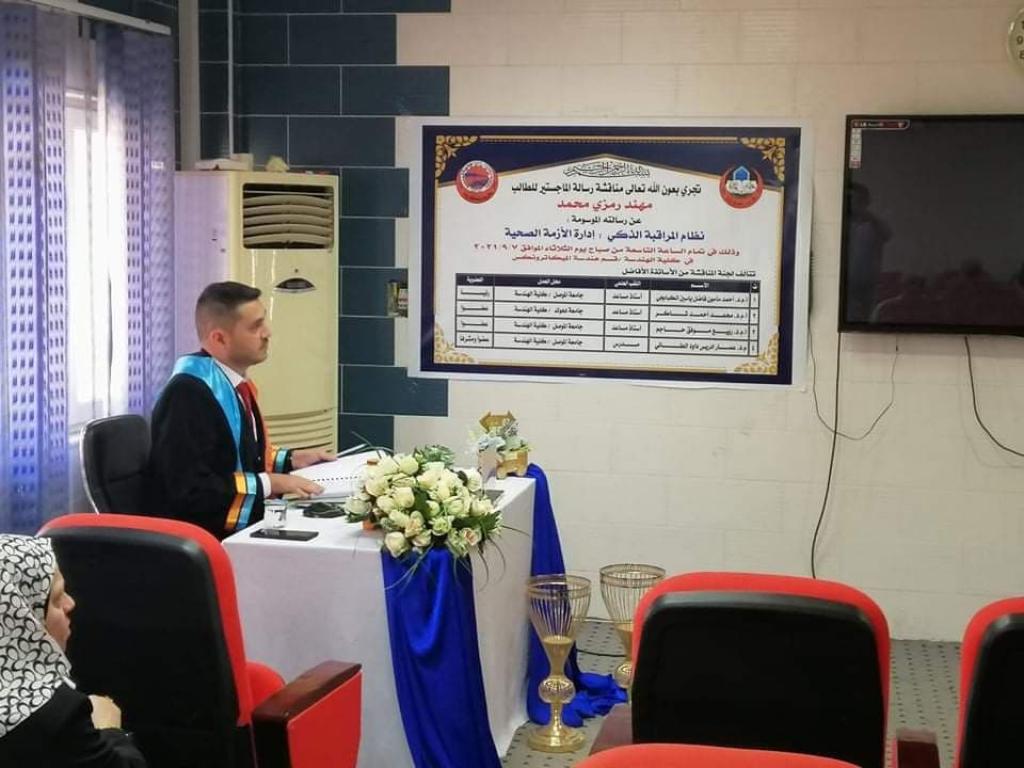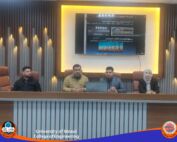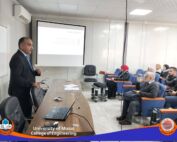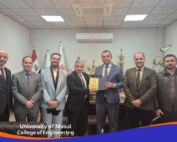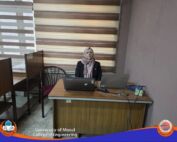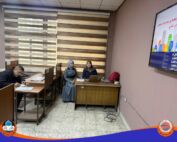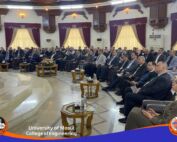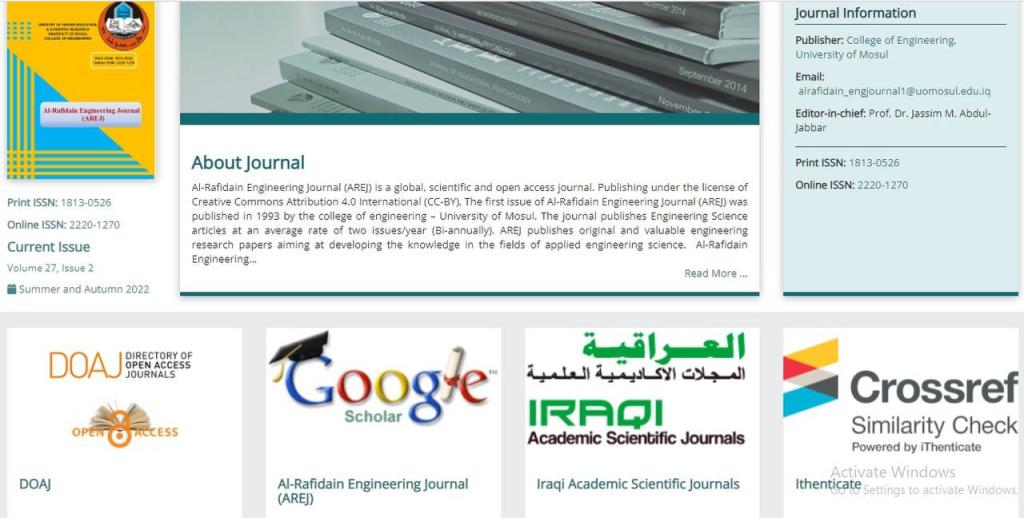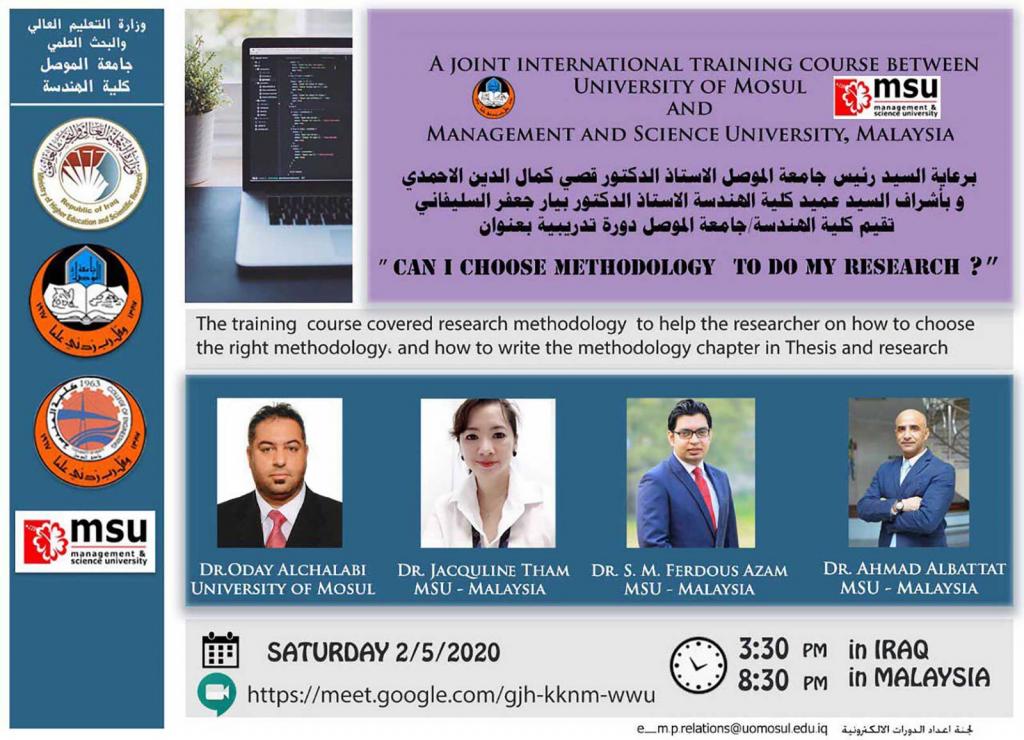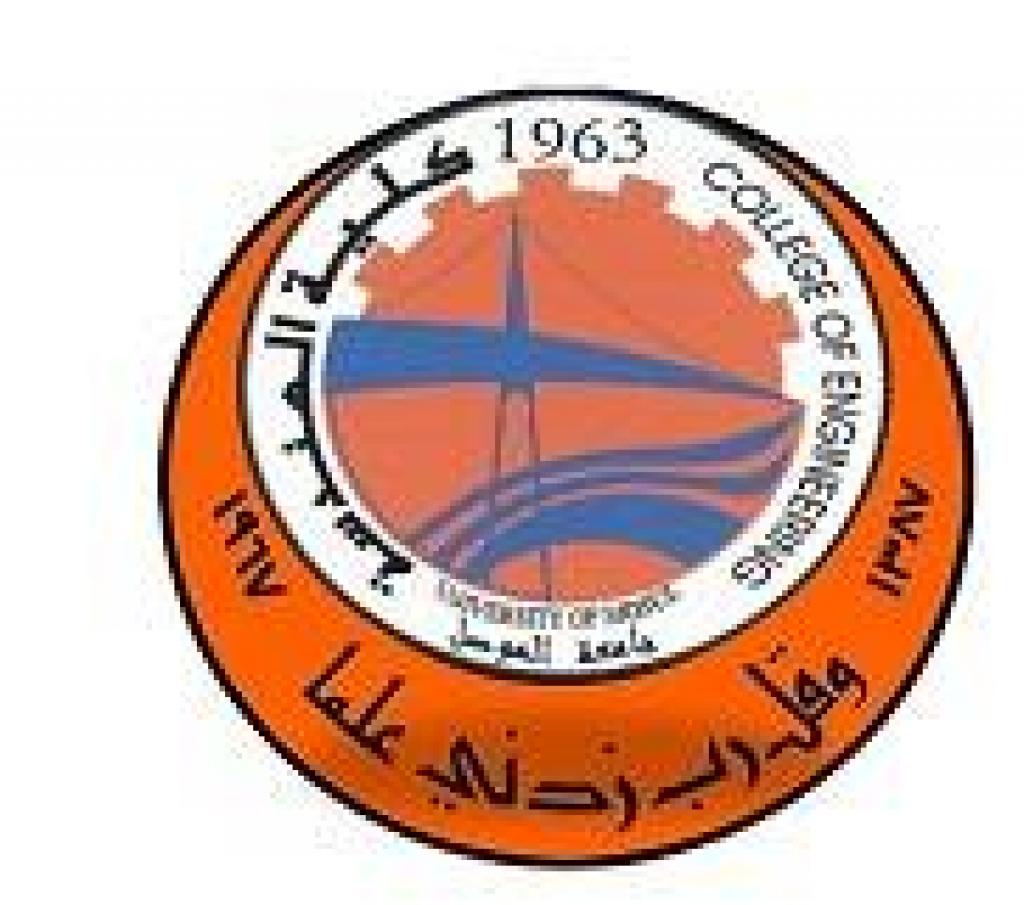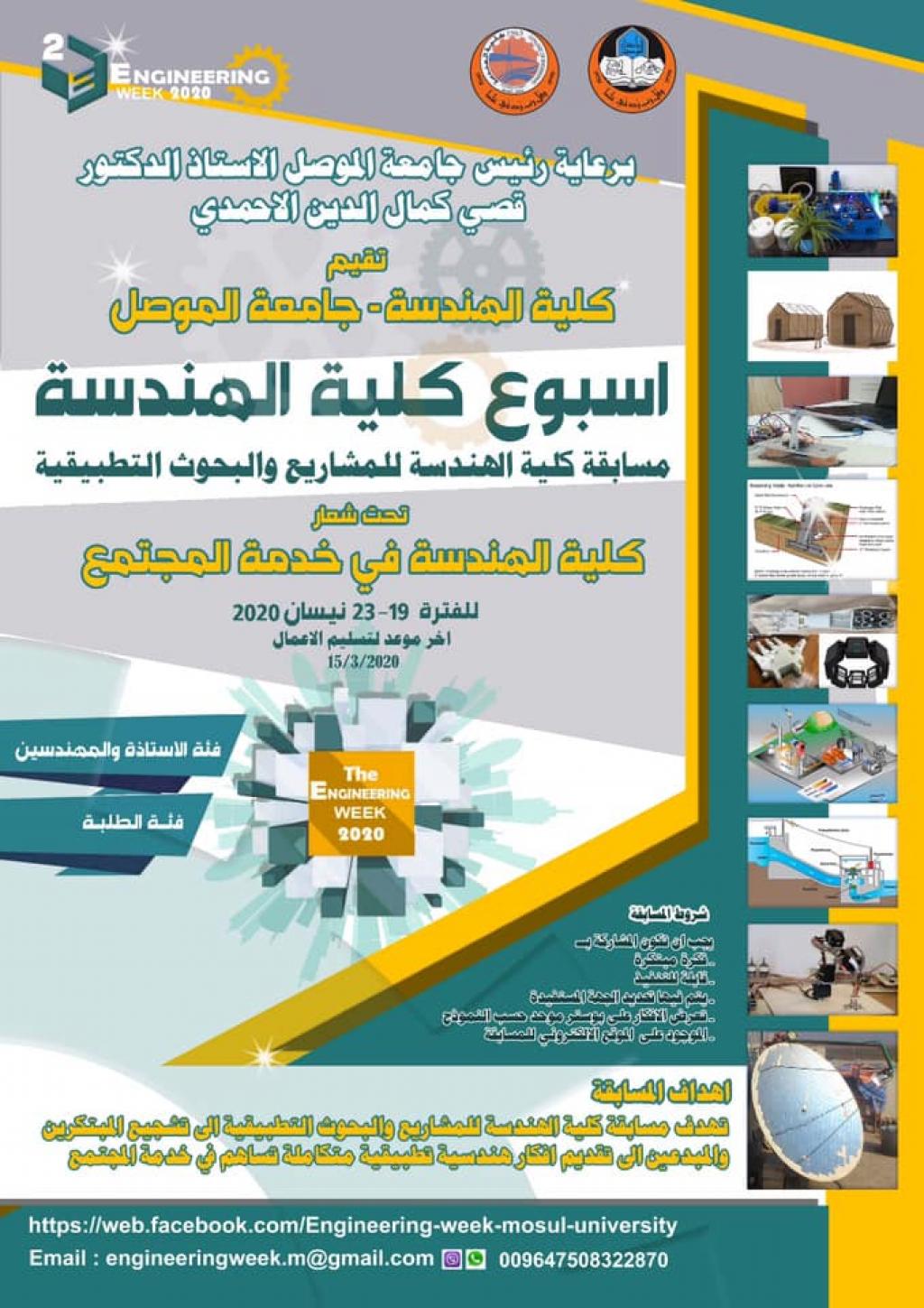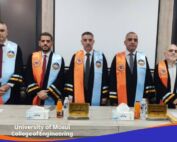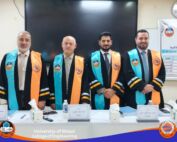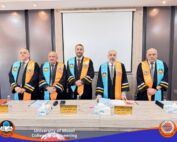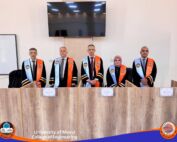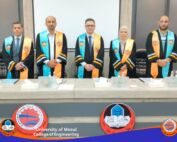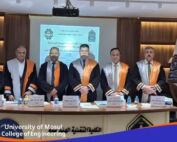8 September، 2021
Master Thesis at Department of Computer Engineering on “Smart Surveillance System: Healthcare Crisis Management”
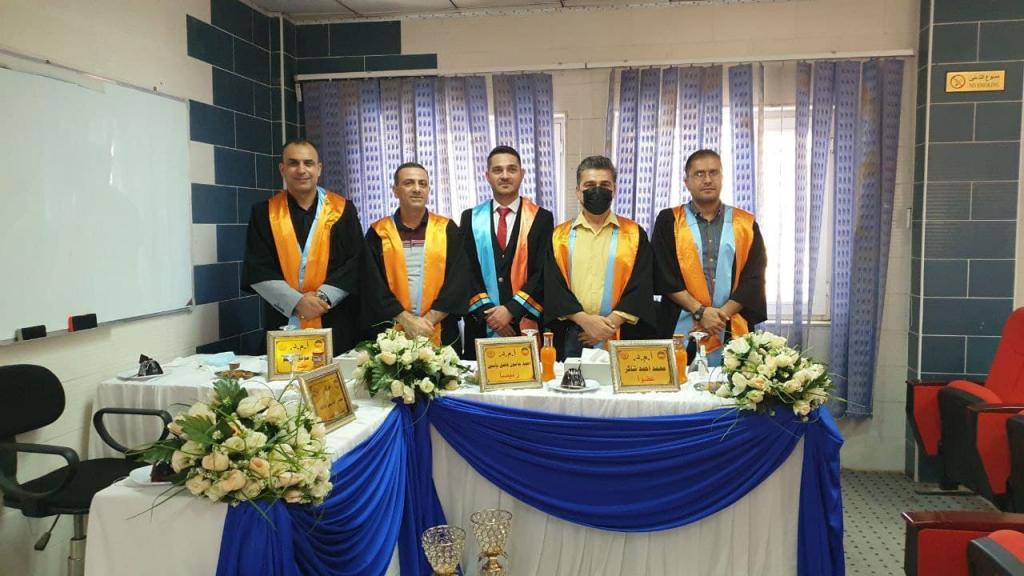
A Master thesis was discussed in Department of Computer Engineering / College of Engineering / University of Mosul entitled “Smart Surveillance System: Healthcare Crisis Management” submitted by postgraduate student (Muhanad Ramzi Mohammed) on Tuseday, Sep. 7, 2021.The thesis dealt with a surveillance system to monitor public spots and make sure those infected people don’t leave quarantine sites and to make sure that people wear a mask and practice social distance. Also, designed to detect, track a moving person in video sequence and help to specify his profile when he is entering or leaving a special region. The system detects if they are wearing a mask or not, respecting social distancing or not.the proposed system informs the persons concerned in the field when the infected people enter in the monitored area or when they are found unmasked by performing a face recognition. The proposed system is used for tracking people in real time.It extracts frames from the video sequence and it performs the detection process and tracks people so we can analyse their behaviour and create profiles of the moving people in the area. We believe that the proposed system can minimize the jeopardy of the pandemic and it is definitely the optimal solution to contain the risk of the virus spreading, especially when manual human monitoring is almost impossible to cover the entire globe. The main novelty in this research work is fourfold: (1) Adopting an efficient face detector to detect masked faces. (2) Solving the social distance problem by adopting fuzzy logic techniques and apply the fuzzification process and then use the rules to determine the actual distance and decide whether there is a violation or not. (3) Synthesizing masked-face dataset to train masked-unmasked face classifier to decide whether people are wearing masks or not. (4) using several face recognition models and adapting them to recognize the masked faces by training them on a dataset belong to several characters after adding the mask to their faces. The combination of these aspects gives excellent results. The experimental results show that the proposed system can perform very well in the real time execution.
